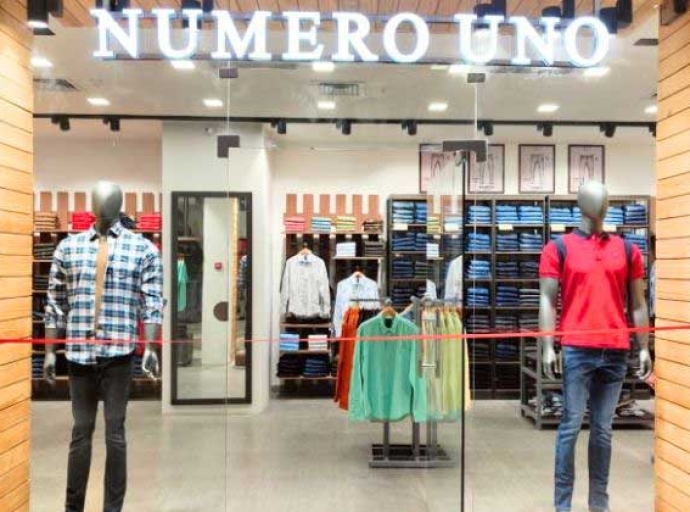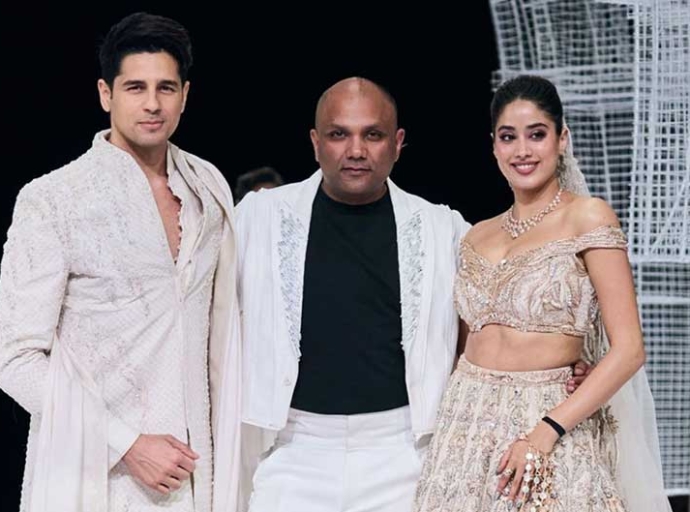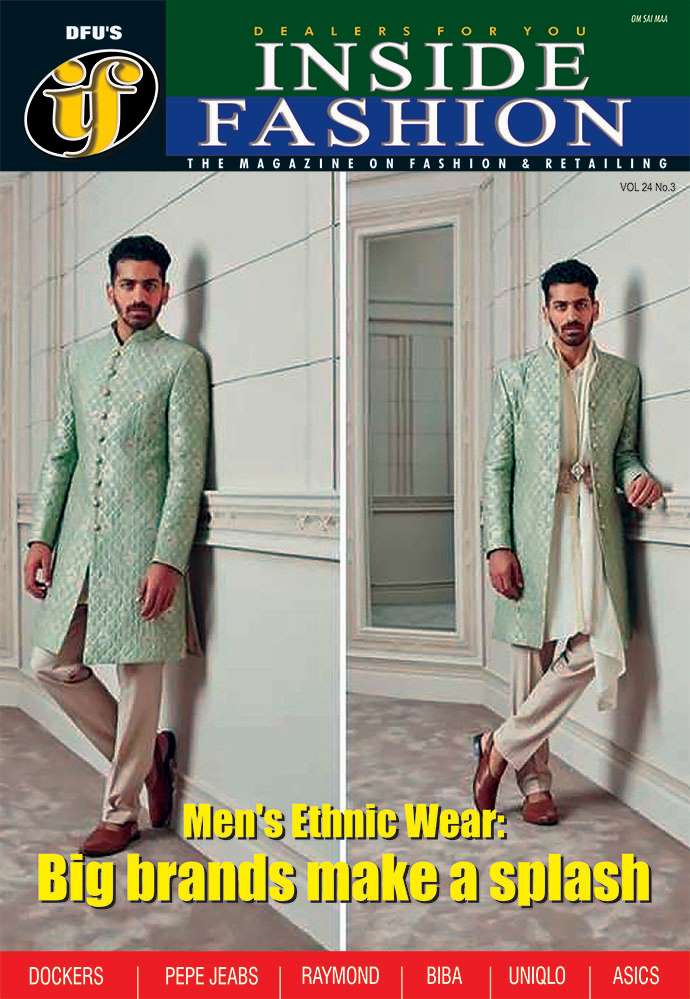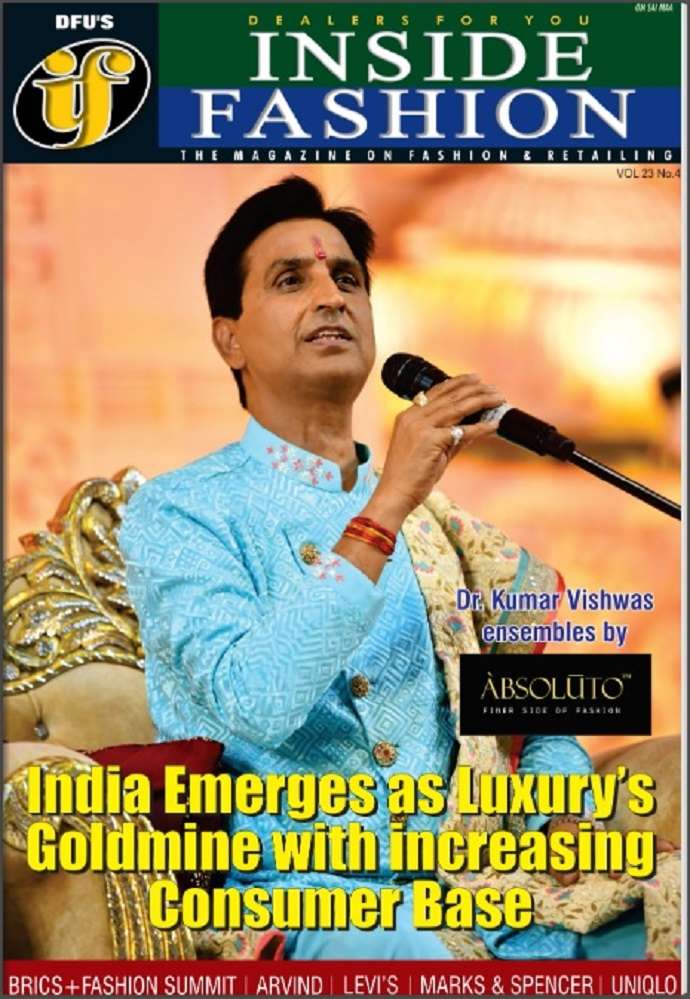
A direct-to-consumer brand specializing in ethnic and fusion wear, Libas increased its FY24 revenues to $60 million. However, increased spending on advertising and employee benefits led to a 64 per cent decline in the brand’s profits during the same period.
According to financial statements from the Registrar of Companies (RoC), Libas's revenue from operations increased by 38 per cent to $58.44 million in FY24, from $42.24 million in FY23.
Libas is a digital-first women’s ethnic wear brand offering kurtis, salwar suits, dresses, and bottoms in fabrics like cotton, silk, and georgette. The sale of these products was the company's only source of income in FY24.
The growth in scale came with a sharp increase in expenses across the board. The brand’s total expenses rose by 45 per cent to $57.96 million in FY24 from $40.08 million in FY23.
Libas’s material costs remained its largest expense, making up over 61 per cent of total costs, which rose by 41 per cent to $35.52 million. The brand’s advertising expenses increased by 121 per cent to $5.04 million, and employee benefits increased 56 per cent to $3.36 million, while shipping costs totaled $5.88 million.
The sharp spike in advertising and employee costs led to a 64 per cent decline in the brand’s profit, falling to $600,000 in FY24 from $1.68 million in FY23. The company reported a Return on Capital Employed (ROCE) of 26.32 per cent and an EBITDA margin of 3.06 per cent.
As of March 2024, the Delhi-based company reported current assets of $32.28 million, with inventory alone accounting for $18.48 million. Significantly, its cash and bank balance stood at just $36,000.
According to startup data intelligence platform TheKredible, Libas has raised $18 million in funding from India Advantage Fund. The company’s co-founders, Sidhant Keshwani and Sunil Keshwan, own 84 per cent of the company.
Libas has got close to $60 million in the women’s ethnicwear market. The brand has its work cut out if it wants to regain better margins. It faces tough choices ahead to ensure it doesn't fizzle out like so many fashion brands be it in terms of exports, an offline presence, or a cutback on advertising,. The good news is that contrary to some opinions, ethnic wear isn't going anywhere soon, as the strength in even saree sales indicates. Top brands have even moved to a premiumization model after building a strong reputation for quality.
Latest Publications

































